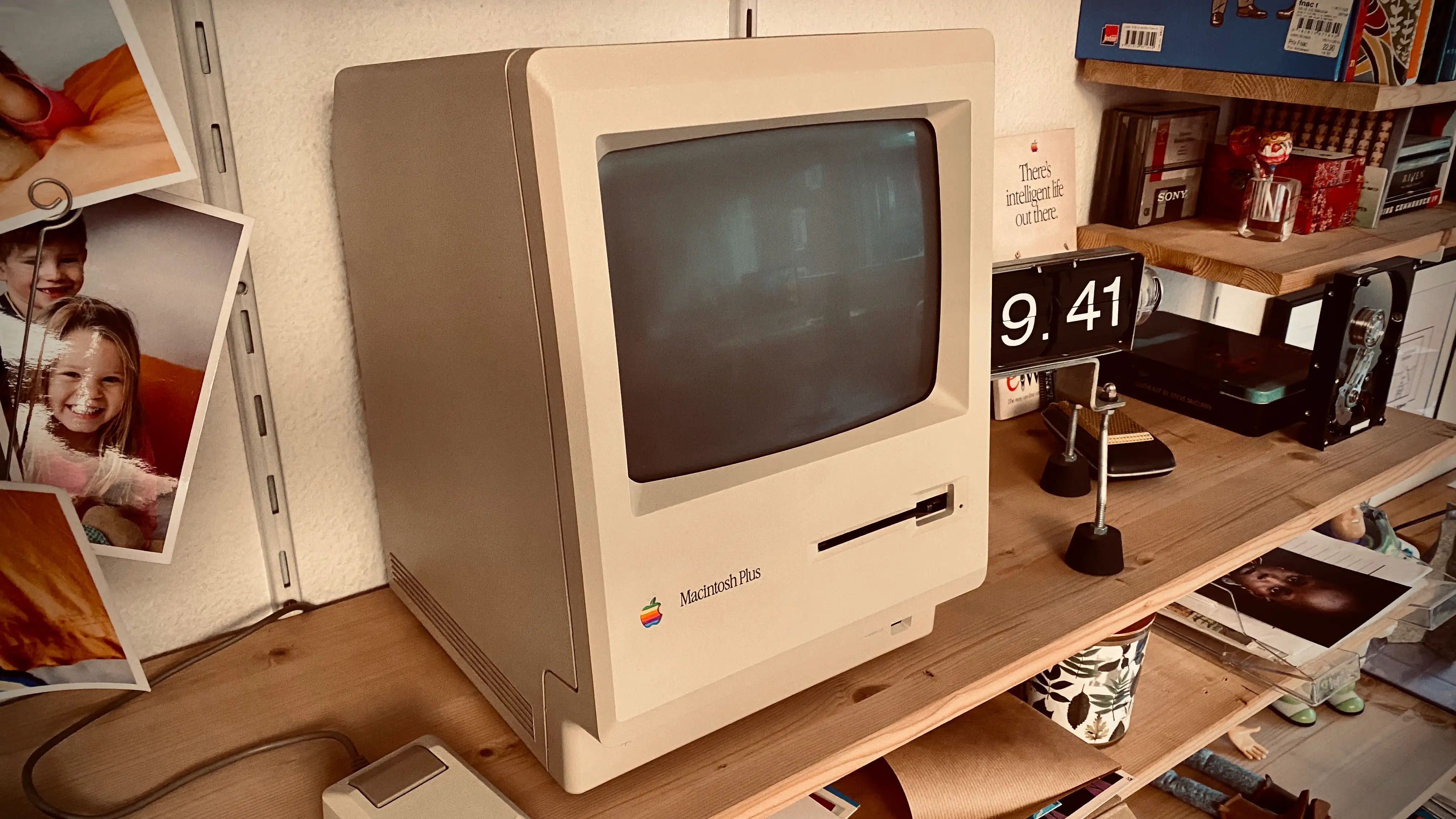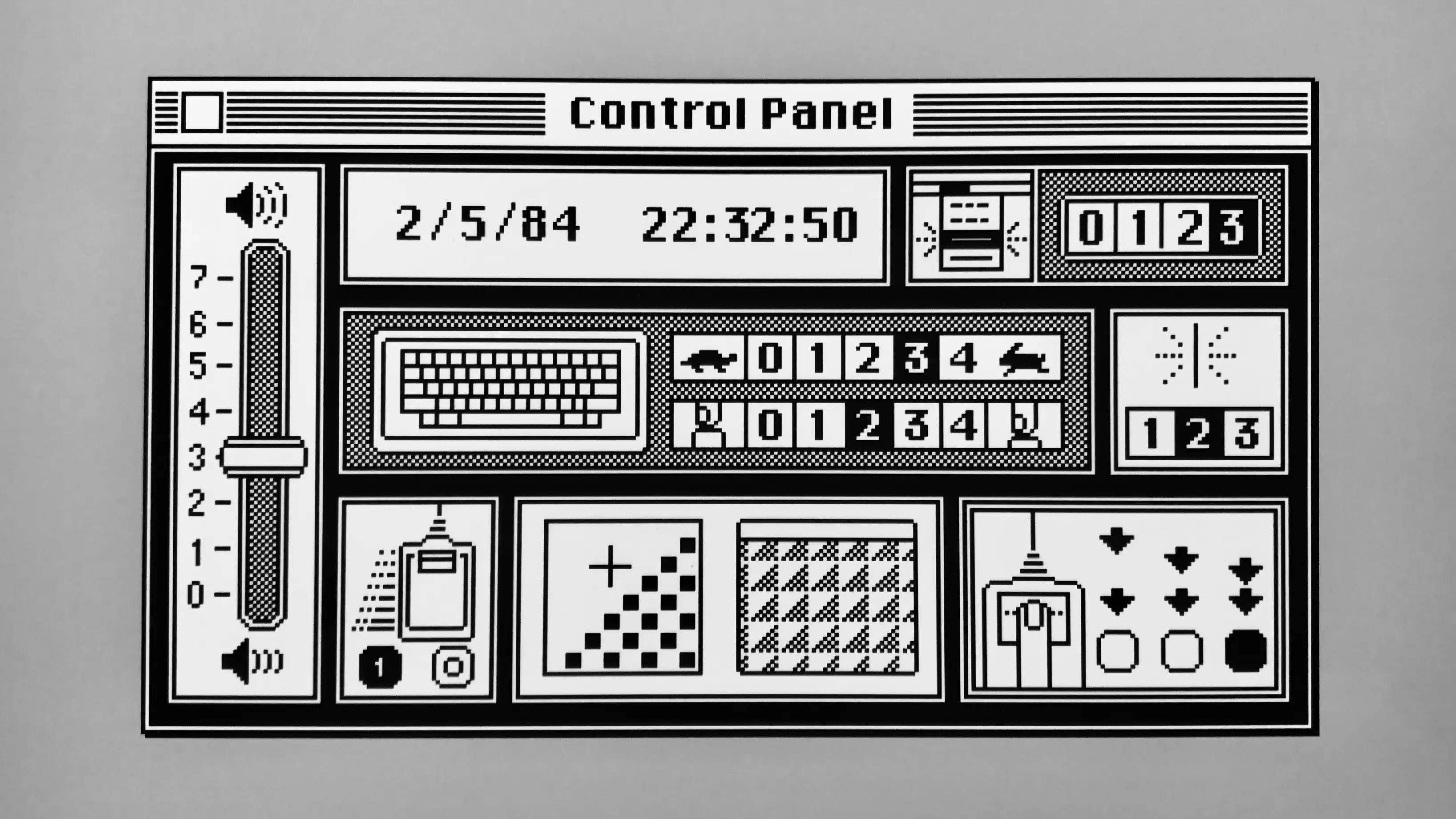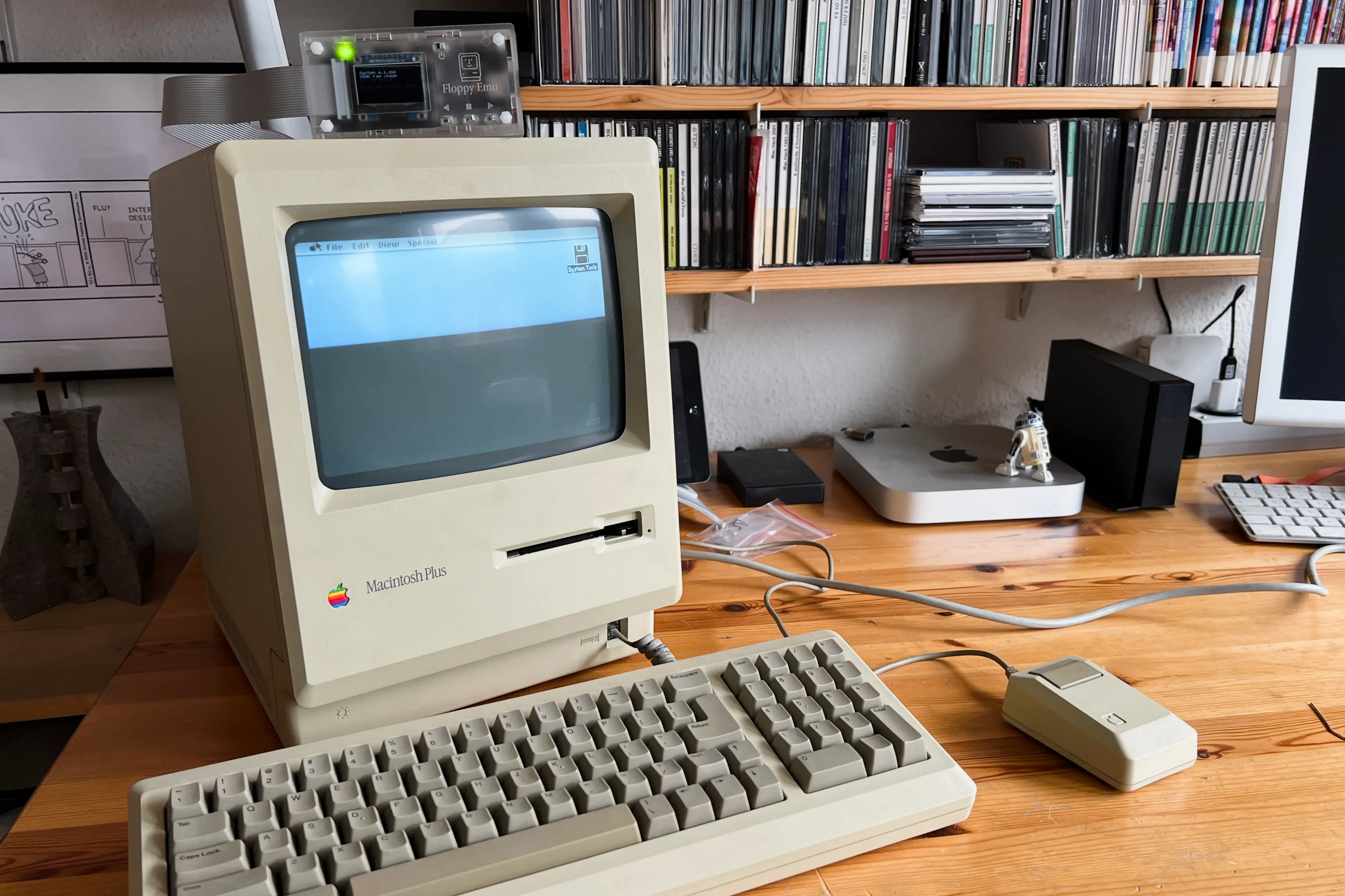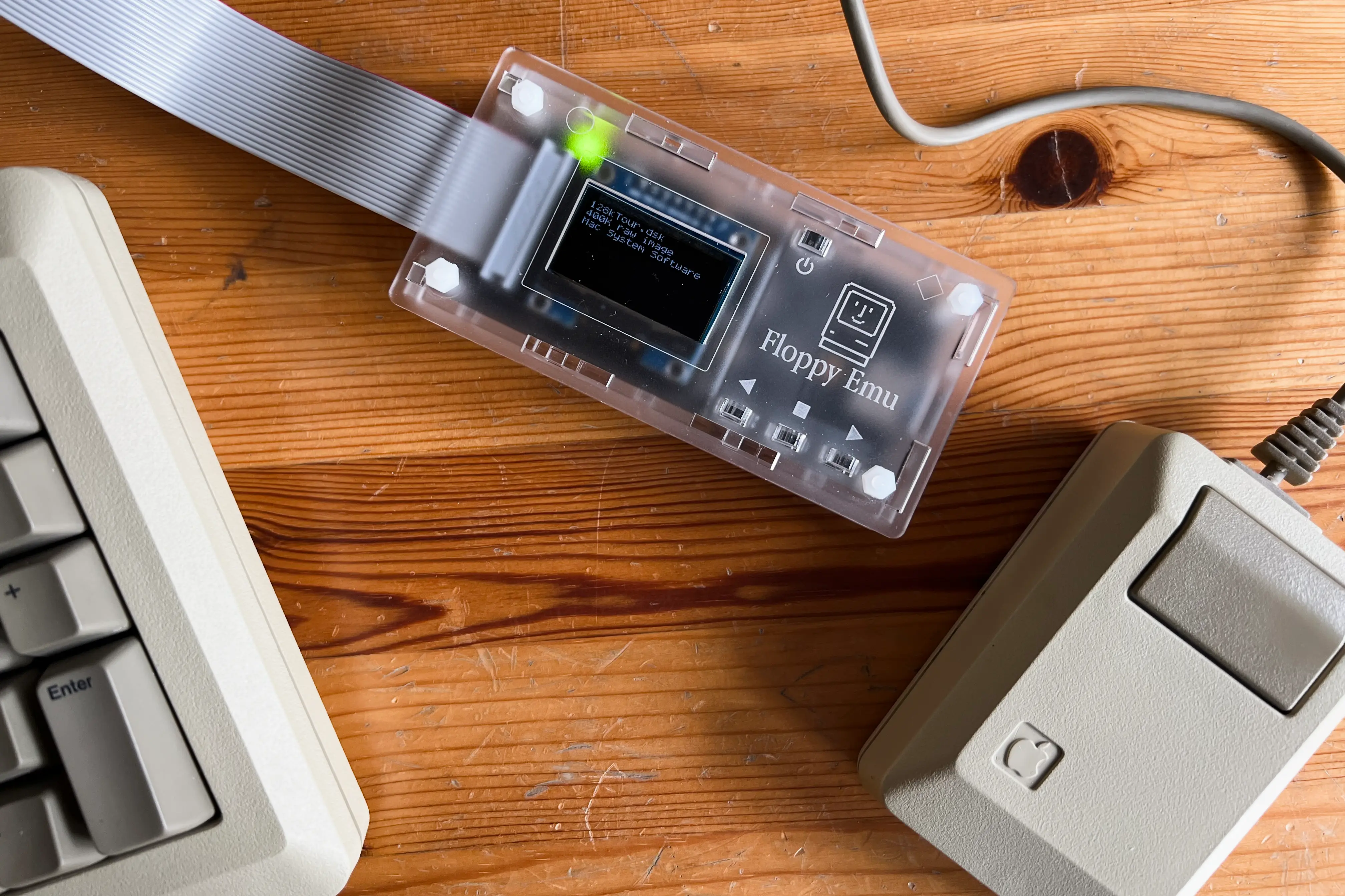The Mac turns 40
Posted in thoughts
Tags :
The Macintosh celebrates its 40th anniversary . It was launched on the 24th of January 1984.
I can’t say I’ve used a Mac all of my computing life, but I’ve lusted for one close to all my computing life. I didn’t have the means to own a personal computer before 1990.
The first Mac I owned was a Macintosh IIsi with a 13″ AppleColor High-Resolution Monitor.
Early days
My computing started on an IBM PC in 1982. I used to go to my Dad’s office in the evenings and weekends to learn how to programme in Basic and fool around in DOS. Later, I learned to programme in Fortran on one of my university’s DEC VAX 8800 mainframes (I actually saw the last punch cards being used). I wrote my Biology Master’s degree in MS Word 2.0 on an 5.25” dual drive Olivetti PC with a green CRT screen.
A close friend had bought the original Mac, and later the Mac SE/30. I remember drooling each time I spent time with one of them. I couldn’t find a way to own one, but I knew deep inside I needed to.
I suppose I was attracted to it for many of the same reasons other people were. The overall design of the object, the sharpness of the display, and it was the first time I saw a “graphical user interface”. Not that I’m shy or afraid of a command line interface, but it opened so many doors and new possibilities in terms of ease of use and discoverability. It was whimsical, delightful, user-friendly and felt like it gave you superpowers.
The overall attention to details, the carefully crafted user interface of Mac OS still delights me today even though the screen was small and “only” in black and white. You can dive back into those days and run classic Macintosh systems at Infinite Mac.

At home and at work
My first professional Mac at University was a Macintosh IIx. We set up an image lab in the late 1980 ‘ties for research and teaching purposes, and replaced the Mac IIx with a Mac IIfx equipped with GENlock + image capture cards and a large colour monitor, colour flatbed and slide scanner and large format printer.
I managed to get the Mac IIx assigned to me, and since that day in 1988-89, Macs have been my primary personal computer of choice. I have never worked on anything else.
Over the course of my PhD years, I equipped the lab in Macs, desktops and laptops, converting a many researchers and staff to Macintosh, setup Mac servers, networking and Wi-Fi, etc. It was during that time I discovered and experimented with what would end up by being called “world-wide web”, around which the core of my future professional activities revolved.
The Mac has been part of my life ever since. I have always had a Mac (or several) at home, and all of my web design and development activities have been led from a Mac.
It’s still the Mac for me
Times have changed, Apple has grown and changed too (not always for the better) and there has been many Macs, and other Apple devices, in my life since my beloved old Mac IIsi. I’m writing these lines on an 11″ iPad Pro sitting in a coffee shop, connected wirelessly to the internet and having my words synchronised to my other devices. It still amazes me what we can do today.
Even though the Mac isn’t the product Apple sells the most, it has never been as alive and thriving as today. It can run iPad apps (or iPhone apps for that matter), Catalyst apps (web wrapper apps) as well as native Mac apps with Swift and Swift UI, not mentioning its Unix BSD underpinnings which opens it to another world of apps and software.
Vision Pro, Apple’s brand new computing plateform to be launched , is introduced as a Mac accessory.
Will it reach its 50th anniversary? I’m pretty confident it will. Beyond that? Who knows…
Despite how big and corporate Apple (the company) has grown, with its growing slew of disputable decisions and its ever deteriorating developer relations (if you need to read more 1, 2, 3), I still love the Mac and macOS (1).
If I had to choose to stick with only one device, it would be, without any hesitation, a Mac.
Happy 40th anniversary Macintosh ❤️
More Macintosh memories
Ads on who uses the Mac
- Apple Macintosh by Ridley Scott (Super Bowl 1984, restored)
- Think Different campaign (1997-2001)
- Behind the Mac during the introduction of Apple silicon event (Nov 2020)
New life
The best way to boot your old Macs, is to use Steve Chamberlin’s floppy disk emulator:
Floppy Emu is a floppy and hard disk emulator for classic Apple II, Macintosh, and Lisa computers. It uses an SD memory card and custom hardware to mimic an Apple floppy disk and drive, or an Apple hard drive. The Emu behaves exactly like a real disk drive, requiring no special software or drivers.
Worth reading or listening to
Amongst all the tributes to the Mac, here are a few of my favourites,
- Insanely great — live event hosted by The Computer History Museum;
- Apple Shares the Secret of Why the 40-Year-Old Mac Still Rules by Levy article on WIRED;
- Wild Apples: The 12 weirdest and rarest Macs ever made by Benj Edwards on Ars Technica;
- 40 Years In, the Macintosh’s Spirit is the Same by Steven Hackett on 512 Pixels;
- Upgrade #496: 40th Anniversary of the Mac Draft a podcast hosted by Jason Snell and Myke Hurley — watch the video version;
- 20 Macs for 2020 a podcast with Jason Snell;
- The Original Macintosh — Anecdotes about the development of Apple’s original Macintosh, and the people who made it;
- Mac 40th — a showcase of every Macintosh desktop and portable Apple has ever made by Jonathan Zufi and typeset in Apple Garamond.
(1) Mac OS (originally System Software (eg System 6); retronym: Classic Mac OS) is the series of operating systems developed for the Macintosh. Mac OS X, appeared in 2001 with Mac OS X 10.0, and was changed to macOS in 2016 with the release of macOS 10.12 Sierra.


Comments and responses
24 Jan 2024
24 Jan 2024
24 Jan 2024